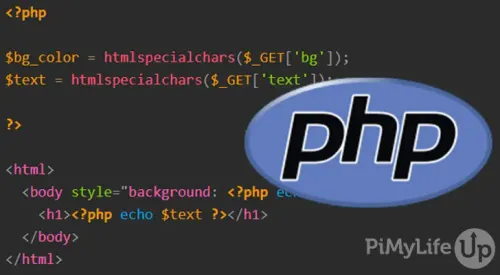Email validation is a crucial aspect of web development, especially when creating forms that collect user data. Invalid email addresses can lead to communication issues, wasted resources, and a poor user experience. Therefore, implementing email validation in PHP is essential to ensure that the email addresses submitted through forms are valid and correctly formatted. This guide will explore different methods to validate emails in PHP, including built-in functions and regular expressions.
Understanding the Importance of Email Validation
Before diving into the implementation, it’s important to understand why email validation matters:
- Data Integrity: Validating emails ensures that the data collected is accurate and usable. This helps maintain the integrity of your database and communication channels.
- User Experience: A well-validated form provides immediate feedback to users, allowing them to correct mistakes before submission.
- Prevent Spam and Fraud: Proper validation can help prevent the submission of temporary or disposable email addresses, which are often used for spam or fraudulent activities.
Basic Email Validation Techniques
1. Using PHP’s Built-in filter_var Function
PHP provides a convenient built-in function called filter_var() that simplifies the process of validating email addresses. This function uses the FILTER_VALIDATE_EMAIL filter to check if the provided email is valid.
Here’s a simple example:
This method is straightforward and recommended for most use cases. It checks for a valid email format and ensures that the email is well-formed according to the rules defined in the PHP documentation.
2. Using Regular Expressions
Regular expressions (regex) offer a more flexible approach to email validation, allowing developers to define specific patterns for what constitutes a valid email address. Here’s how you can use regex for email validation in PHP:
In this example, the regex pattern checks for the general structure of an email address, ensuring it contains a username, an “@” symbol, a domain name, and a top-level domain.
3. Custom Email Validation Function
For more complex applications, you might want to create a custom function to handle email validation. This allows you to incorporate additional checks or logic as needed. Here’s an example:
In this custom function, we not only check if the email is valid but also verify that the domain has valid DNS records for mail exchange (MX). This can help ensure that the email address is not only correctly formatted but also capable of receiving emails.
Advanced Techniques for Email Validation
1. Syntax Checking with More Advanced Regular Expressions
While the basic regex can catch many invalid emails, more complex patterns can provide a higher level of validation. Here’s a more comprehensive regex pattern:
This regex checks for various aspects of email formatting, including character sets and length. Adjusting the {2,6} part can help accommodate different top-level domains.
2. Verifying Email Domains
To further enhance validation, consider checking if the email’s domain exists. You can use the checkdnsrr() function in PHP to verify if the domain has valid DNS records:
This additional check can help filter out emails with invalid domains.
Common Pitfalls in Email Validation
When implementing email validation in PHP, there are some common pitfalls to be aware of:
- Overly Strict Validation: While it’s important to validate emails, being too strict can prevent legitimate addresses from being accepted. For instance, some valid email formats might be flagged as invalid if your regex is not flexible enough.
- Ignoring Domain Validation: Just because an email is correctly formatted doesn’t mean it’s valid. Always consider validating the domain using DNS checks.
- User Feedback: Providing clear feedback to users about what constitutes a valid email format can help improve user experience.
Testing Your Email Validation
Once you’ve implemented your email validation, it’s essential to test it thoroughly. Here are a few email formats you should consider testing:
- Valid emails:
user@example.com,user.name+tag@gmail.com - Invalid emails:
user@.com,user@com,user@domain..com
By testing various cases, you can ensure that your email validation logic works effectively.
Conclusion
Implementing email validation in PHP is a crucial step for any web application that requires user input. By utilizing built-in functions, regular expressions, and custom validation logic, you can create a robust system that enhances user experience and ensures data integrity. Remember to keep your validation flexible to accommodate legitimate email formats and always verify domain validity for the best results.
As you integrate these practices into your PHP applications, you’ll find that effective email validation can significantly reduce errors and improve the overall quality of your data collection efforts.
